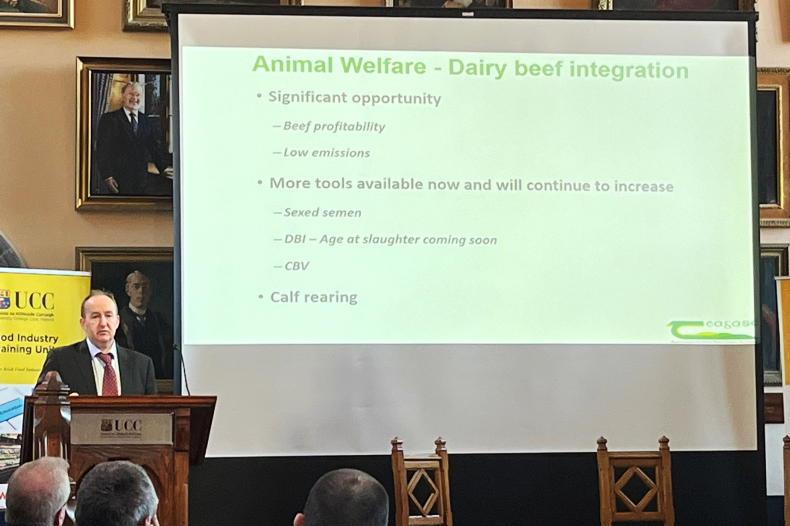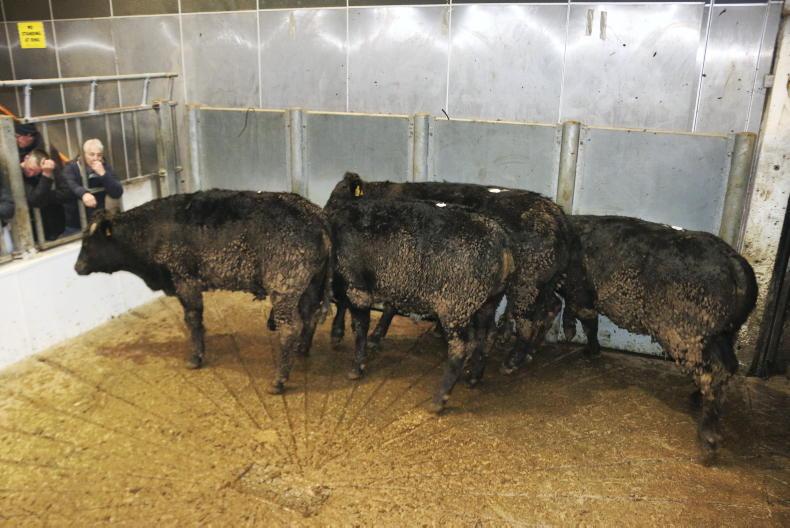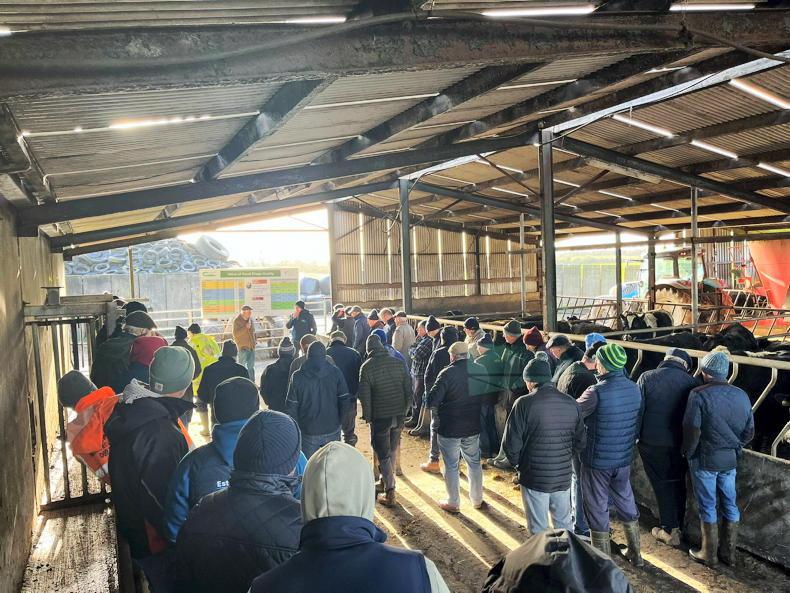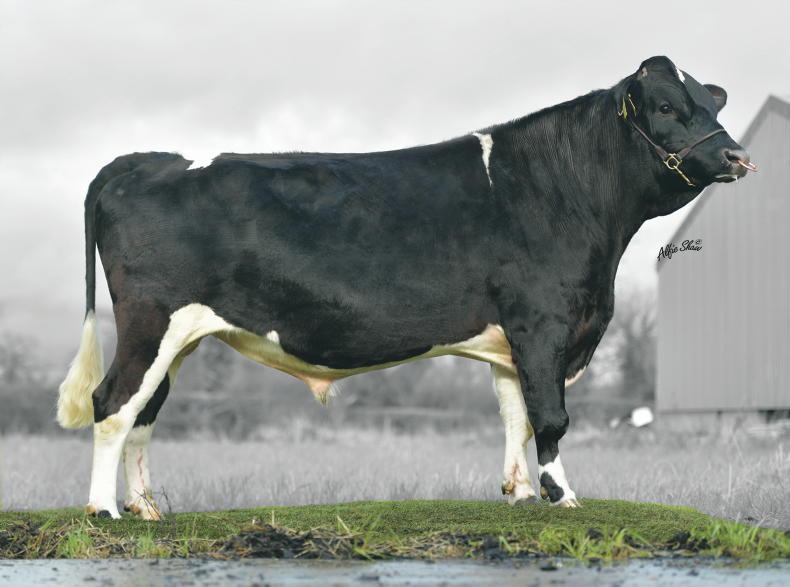There is a huge opportunity for Ireland to produce high-quality, sustainable and profitable beef from the dairy herd, according to Teagasc’s Laurence Shalloo.
Shalloo said that calves had often been seen as a problem, but, in fact, "it’s an opportunity for the dairy sector". He said that the top farmers in the Teagasc Dairy Beef 500 programme are competing with dairy farmers in terms of profitability.
“Sexed semen is an absolute game changer for calf quality, with a threefold increase in the use of sexed semen since 2021 and as that continues to grow, we will see a linear reduction in male dairy calves.
“When you combine sexed semen with the dairy beef index for selecting beef bulls and the commercial beef value, which is a communication tool between dairy and beef farmers, which has been shown to be very robust in terms of predicting outcomes at farm level, we can see the huge opportunity that exists,” he said.
Live exports
On live exports, he said that work is ongoing in Teagasc in researching calf transport and that five trips with calves to the Netherlands have taken place as part of the MOOVE project.
This research is looking into different methods of observation, transport, feeding strategies and novel ways to feed calves
in transport.
He said that the most recent study showed there is no depression in calf health when calves are fed on the journey, which he described as very encouraging.
On new legislation requiring calves to be held on farm for longer, he said it will be a challenge for some farmers and that supports will be required to help provide facilities.
On the carbon footprint of Irish dairy, Shalloo said that work is ongoing into investigating the impact of methane inhibitors incorporated into feed that can be used in the dry period.
He said that the current carbon footprint of Irish dairy is 0.88kg CO2 per kg of fat and protein corrected milk (FPCM), but that he expects with best practice and the limited use of methane inhibitors this could be reduced to 0.66kg CO2 per kg FPCM.










SHARING OPTIONS